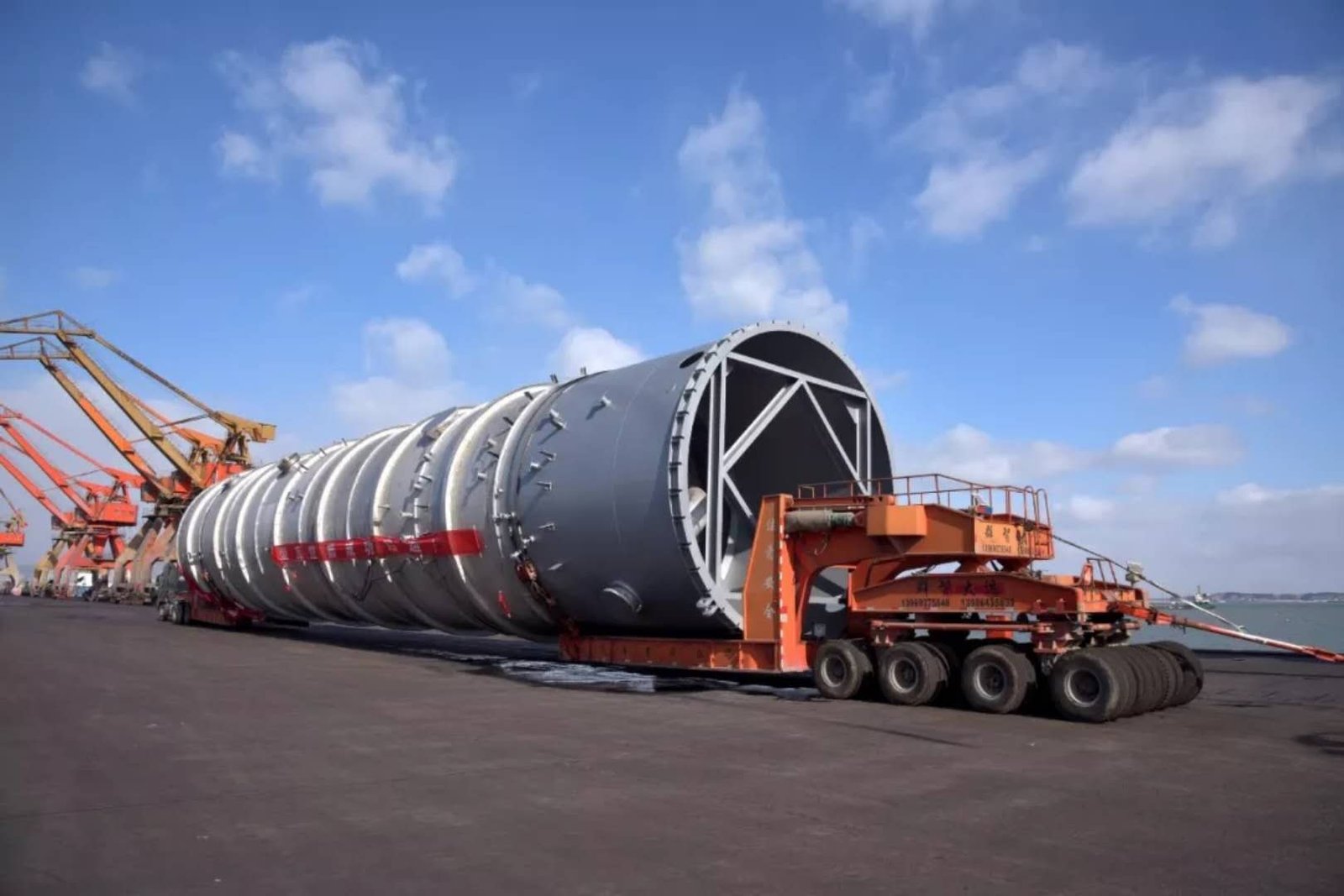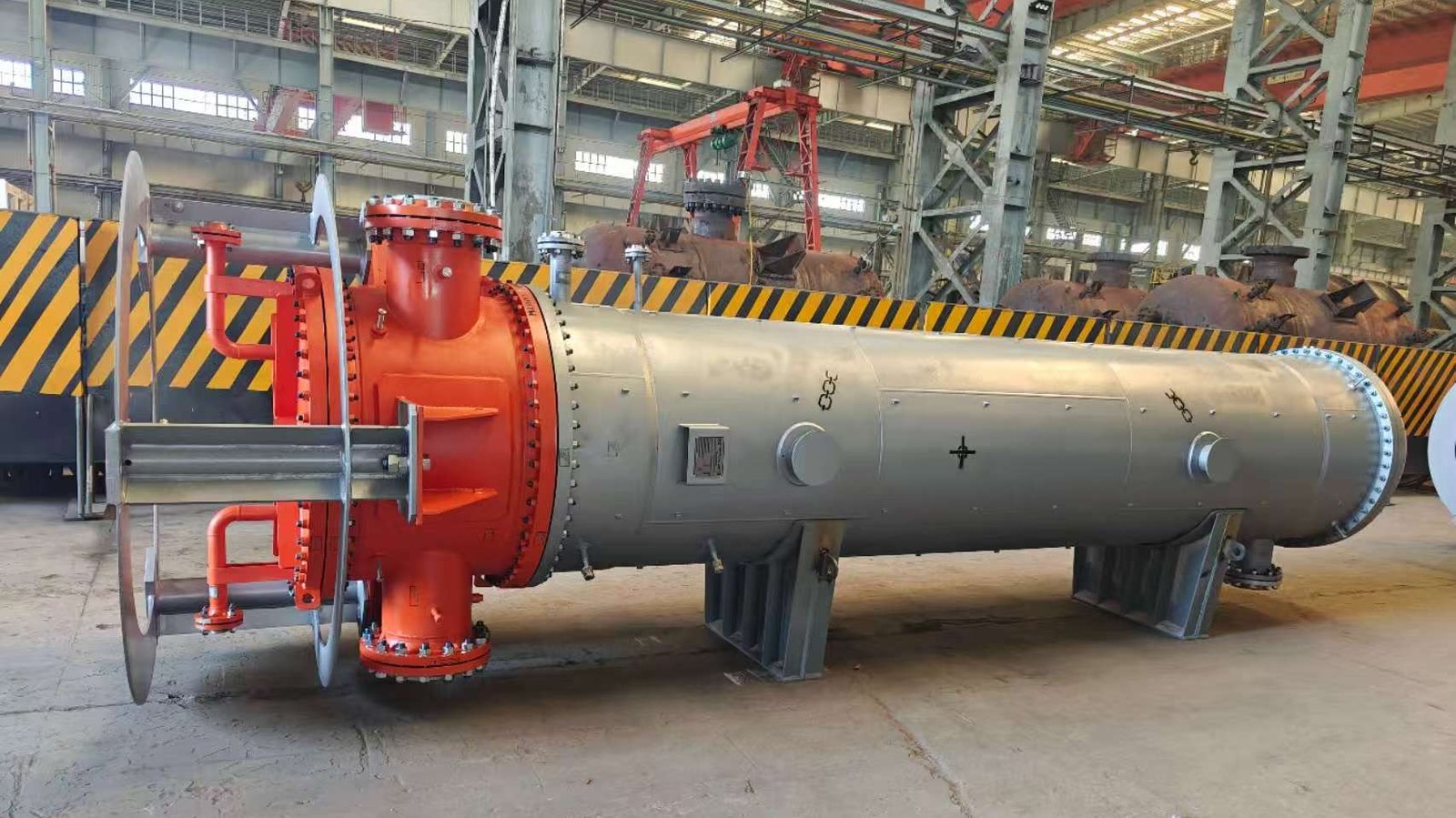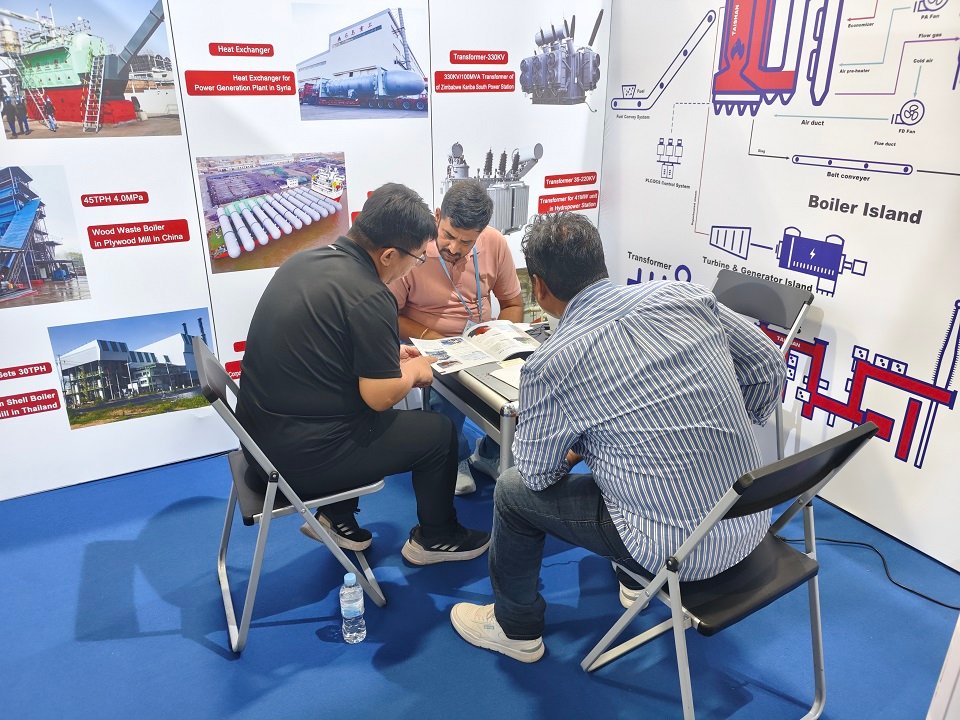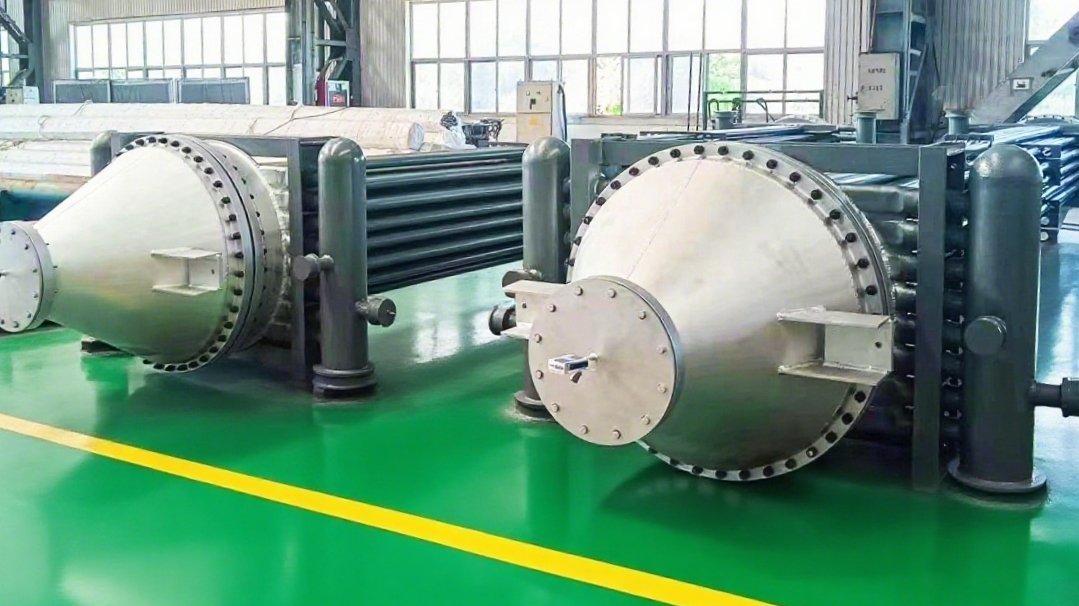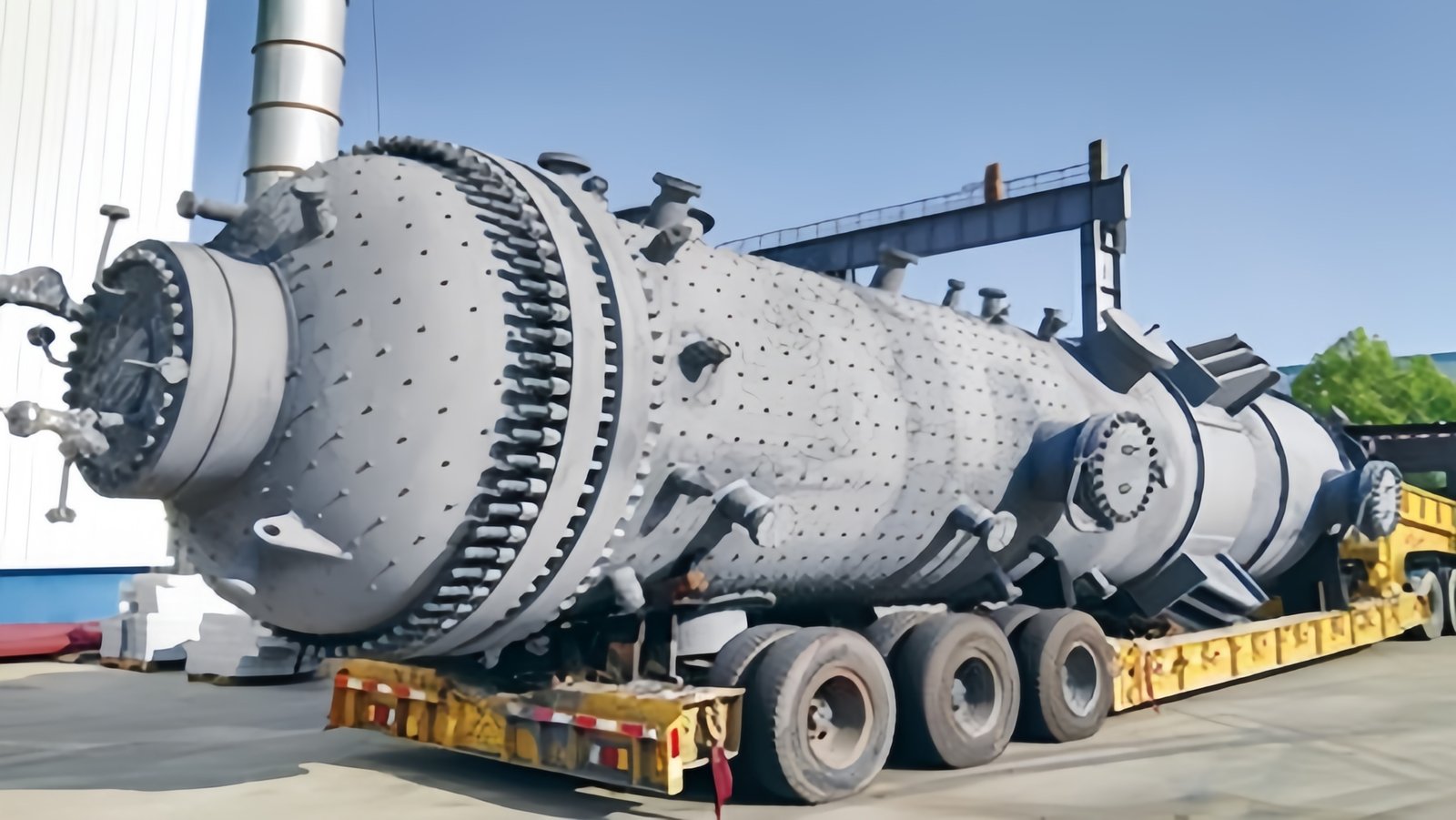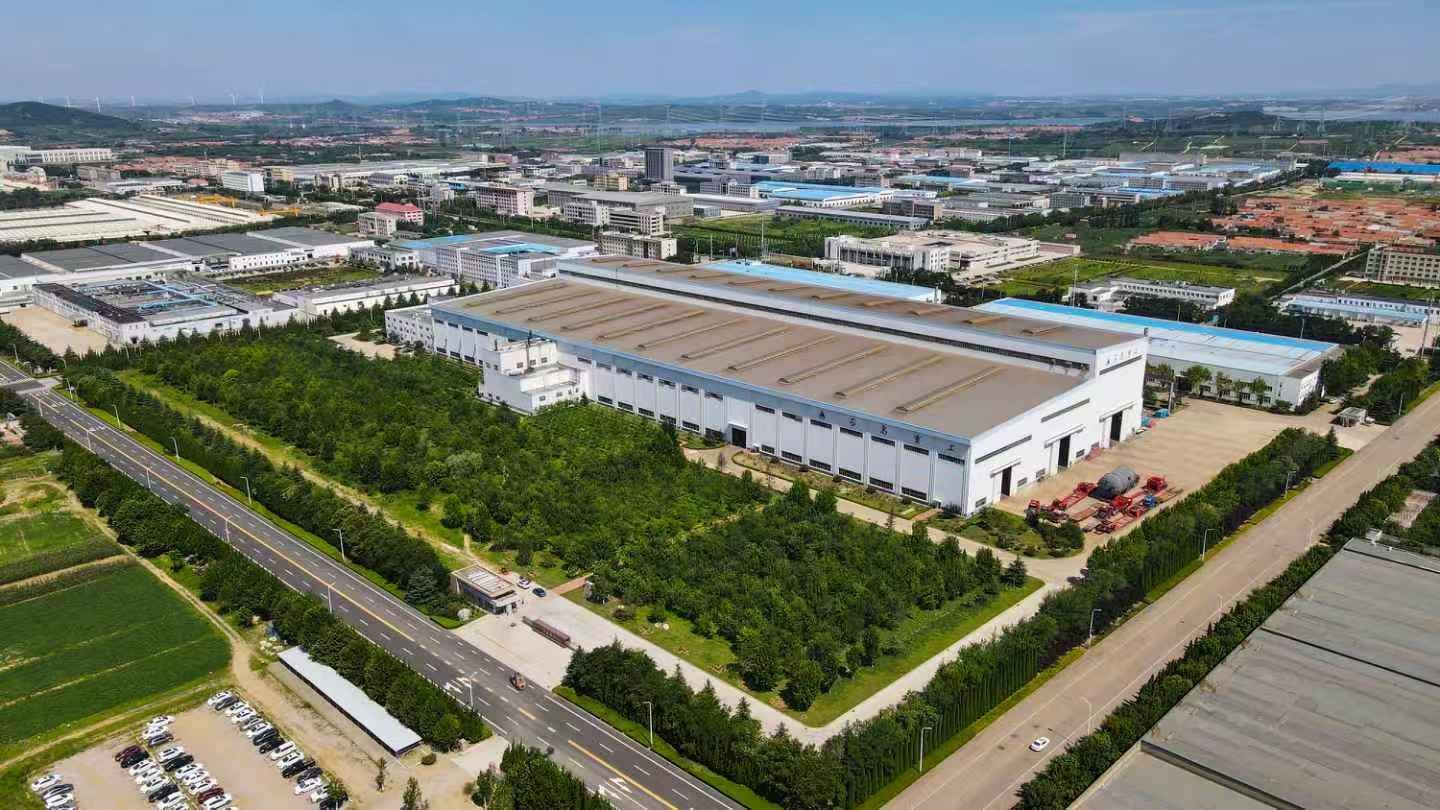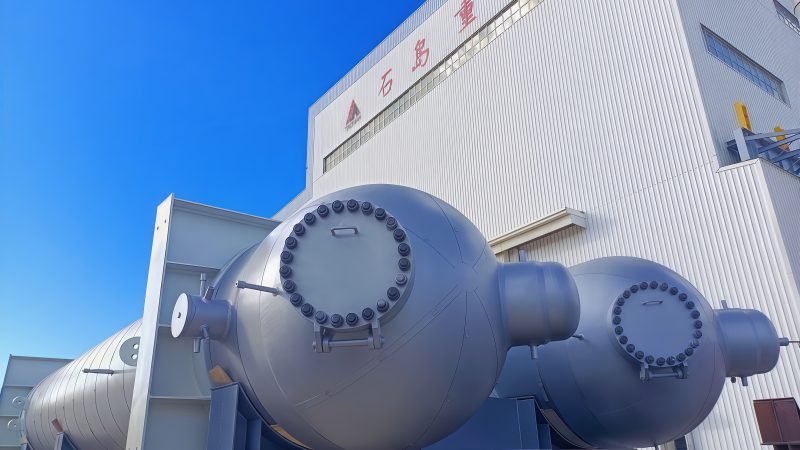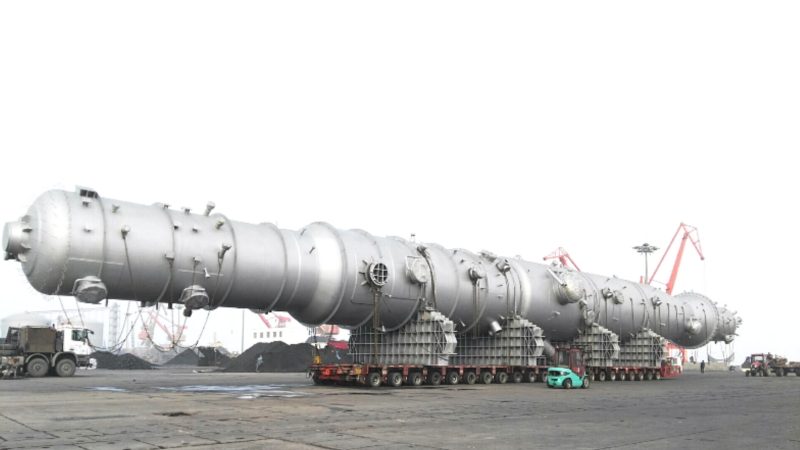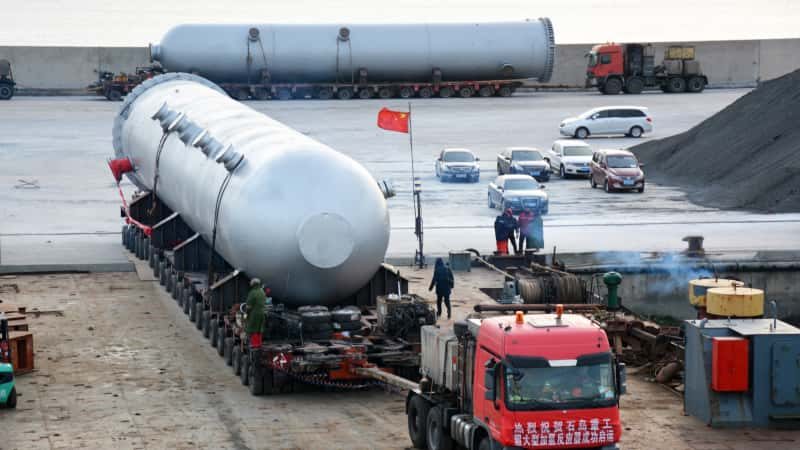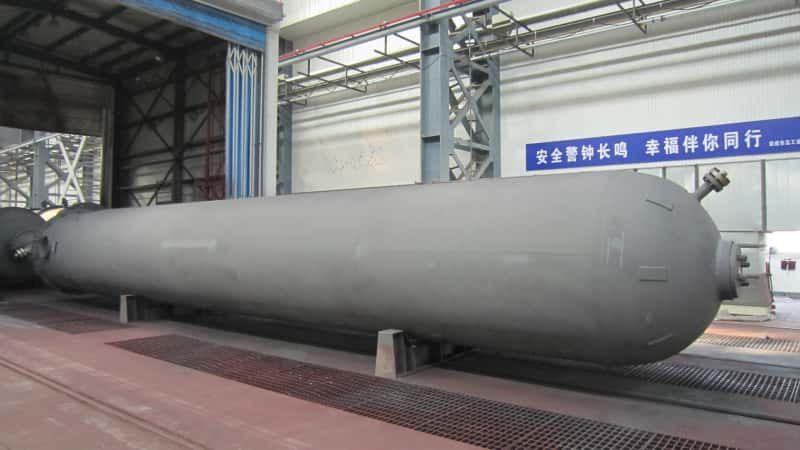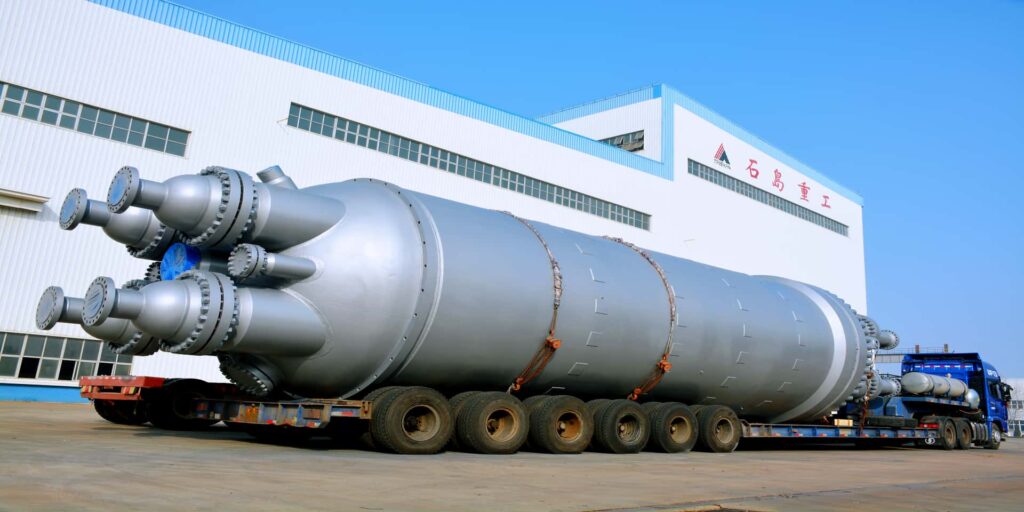
In industrial environments, from chemical processing to power generation, handling gases and liquids under pressure is not just common—it’s essential. However, failure to manage this pressure safely can lead to catastrophic consequences including equipment explosions, worker injuries, and plant shutdowns. That’s why pressure vessels are a cornerstone of industrial infrastructure. Without them, modern manufacturing, energy systems, and even municipal services would come to a halt. This article will explain exactly why pressure vessels are used, how they function, and what makes them indispensable to multiple sectors worldwide.
Pressure vessels are used to store or process gases and liquids at pressures significantly different from atmospheric pressure in a safe, controlled manner. They enable critical functions such as chemical reactions under pressure, steam generation, gas storage, thermal exchange, and pressure regulation across industries like oil and gas, power, water treatment, and pharmaceuticals.
Whether you’re designing a new industrial facility, upgrading legacy equipment, or trying to understand safety requirements, knowing why pressure vessels are used can provide clarity and help you make sound engineering decisions. Read on to explore the underlying science, industrial logic, and economic reasons that make pressure vessels irreplaceable.
\
Pressure vessels are only used for gas storage applications.False
Pressure vessels are also used for liquid storage, heat exchange, chemical reactions, and process containment under pressure.
The Fundamental Role of Pressure Vessels in Industry
Primary Functionality
Pressure vessels are engineered containers designed to hold gases or liquids at a pressure either higher or lower than atmospheric pressure. They are vital for:
- Safe storage of pressurized substances
- Controlled reaction environments
- Thermal energy containment and exchange
- Buffering fluctuating process pressures
- Ensuring pressure equilibrium in dynamic systems
Key Functional Categories
| Function | Description |
|---|---|
| Storage | Store high-pressure gases like oxygen, propane, hydrogen |
| Reaction | Provide controlled environments for pressure-based reactions in reactors |
| Separation | Enable phase separation or flash vaporization under pressure |
| Thermal Exchange | Circulate heat between pressurized fluids (e.g., in heat exchangers) |
| Accumulation/Surge Control | Act as buffers to absorb pressure surges (e.g., in air receivers or water hammers) |
Types of Pressure Vessels Based on Use Case
| Type | Industry | Typical Use |
|---|---|---|
| Storage Vessels | Oil & Gas | Holding propane, natural gas, or LNG |
| Reactors | Chemical, Pharma | Pressure-assisted synthesis and reactions |
| Heat Exchangers | Power, HVAC | Transferring heat between high-pressure fluids |
| Air Receivers | Manufacturing | Stabilizing air pressure in compressor systems |
| Autoclaves | Medical, Food | Sterilization under pressure |
\ Heat exchangers are classified as pressure vessels when they operate under pressure.True Heat exchangers that operate with pressurized fluids fall under the definition and regulations of pressure vessels.
Physics Behind Pressure Vessel Use
Pressure vessels allow industries to leverage the laws of physics for better efficiency and performance.
Key Physical Principles
- Boyle’s Law: Increasing pressure reduces gas volume, enabling compact storage.
- Henry’s Law: Pressurization increases gas solubility in liquids, essential in carbonation and chemical synthesis.
- Thermodynamic Control: Enables superheating or subcooling of fluids within a sealed, pressurized space.
These vessels also help industries harness and manipulate phase changes (liquid-gas transitions) for various applications such as refrigeration, steam generation, and chemical separation.
Example: Steam Boiler
- Water is heated in a pressure vessel.
- Pressure raises the boiling point, allowing superheated steam.
- This steam powers turbines with higher thermal efficiency.
Design Advantages That Justify Use
| Design Advantage | Resulting Benefit |
|---|---|
| Pressurization Capability | Enables high-density storage, improving space utilization |
| Sealed Environment | Minimizes contamination or leakage |
| Controlled Reactivity | Improves yield and safety of chemical processes |
| Durability and Reliability | Designed for long service life under cyclic pressure conditions |
Performance Chart: Typical Operating Pressures
| Application | Operating Pressure Range |
|---|---|
| Residential Expansion Tank | 20–60 psi |
| Industrial Air Receiver | 125–200 psi |
| Petrochemical Reactor | 500–5,000 psi |
| Supercritical CO₂ Vessel | 1,100–1,500 psi |
| High-Pressure Gas Storage | 3,000–10,000 psi |
Regulatory and Safety Compliance
Pressure vessels are not optional where safety and code compliance are concerned. Their widespread use is tightly regulated under:
- ASME Boiler and Pressure Vessel Code (USA)
- PED 2014/68/EU (Europe)
- GB 150 (China)
- JIS B8265 (Japan)
These codes enforce:
- Design verification (wall thickness, material strength)
- Non-destructive testing (NDT)
- Hydrostatic and pneumatic pressure testing
- Certification and nameplate stamping
\ Uncertified pressure vessels are allowed in industrial use as long as they are low pressure.False Most jurisdictions require certification for any pressure vessel exceeding threshold pressures, regardless of intended use.
Real-World Case Studies
Case 1: LNG Storage in Power Plants
A power station using liquefied natural gas (LNG) installed ASME-certified cryogenic vessels. These maintained ultra-cold, high-pressure storage with built-in safety relief valves and internal insulation.
Result: Zero incidents over 10 years of continuous service.
Case 2: Reactor Vessel in Pharmaceutical Synthesis
A pharmaceutical plant used a high-pressure reactor to synthesize active ingredients at 2,500 psi under nitrogen. The sealed, pressurized environment improved reaction yield by 23%.
Result: Reduced production time and increased profitability.
Summary
Pressure vessels are used across countless industries because they make controlled pressurization possible—safely, efficiently, and reliably. They serve as essential enablers of pressurized reactions, thermal processes, and safe storage in conditions where ordinary tanks would fail or explode. From nuclear reactors to food sterilizers, pressure vessels embody the fusion of mechanical engineering and process control at its highest level.
Want to Use the Right Pressure Vessel for Your Application?
We design, manufacture, and certify custom pressure vessels for all industrial sectors. Whether you need a storage tank, reactor, or steam generator, contact us today for a pressure solution that meets your performance goals and compliance requirements.



